Salamanga – On the other bank of the river
The Maputo River runs in the rush to become a bay. The brown that it lets us see is the revelation of the dirt that it carries inside. The river looks down, as if ignoring the blue that has an extension in the seas that are always mirrors of the sky.
More than a hundred years ago, on the banks of the river was Kalidas, almost a man, almost a god, a saint, the remaining saint. He remained there, legs crossed, hands on his knees, a contemplative, meditative gaze.Miracles of this apparition are told. He dressed lands far from the river of water, for kulungwanas to bid farewell to drought. And then he was the voice that gave birth to the temple. He disappeared, wrapped in the same cloak of mystery of its arrival, walking on the water, a feather or Jesus. Little was known of his past, as little was known of his future, only of that brief eternity. Today, inside the temple, there is a bust of a “bearded man” in a meditative position, Kalidas, the saint who gave birth to the temple of Salamanga, as the sacred stone gave birth to the temple of the Island of Mozambique.
The temple, the second in Mozambique (and it is believed that also in Africa), began to be built in 1908 by the hands of Kalane Megdji, grandmother of the writer Calane da Silva (1945 -2021), when Salamanga had only dozens of Indians dedicated to commerce in the canteens that still define the local landscape.
The floor is earth-red, the walls are encrusted with pieces of coloured tiles, as if they gathered all the energy in the world. And at the top four peacocks, the rainbow of feathers, the bird of the god Krishna, enlightenment of consciousness, transforming the negative into positive, suffering into beauty, evil into good, the miracle of life.

Ganesha instituted elephant in the sacred universe of Hinduism. And the Elephant Reserve is not far from Salamanga. This is really all connected.
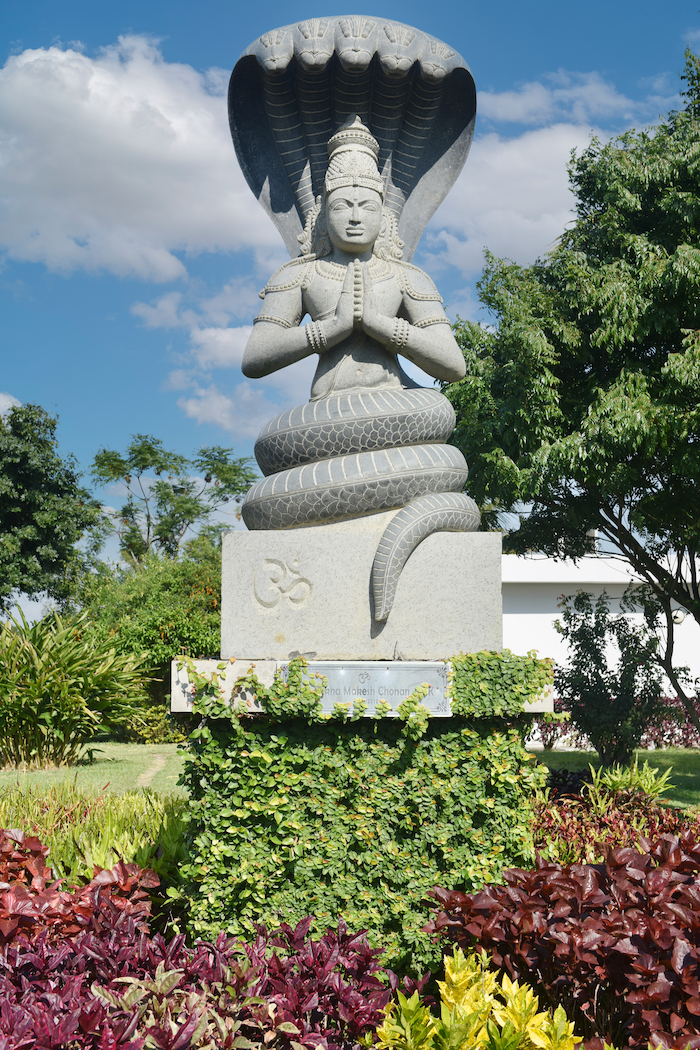
Chandracin Lala and his wife Rachila Manilal are at the temple for a ritual that has been repeated forever. Before the roads and bridges, when a barge with a crank carried them, coming from Catembe, on the other side of the Maputo River. They make promises to the future, they ask for blessings, from the gods, from the trees, from the animals. “God is in everything,” we are told. That’s also why they water the sacred tree in the courtyard, which grows with a military verticality, as if it wanted to bring the requests for blessings to God’s ears, without further shortcuts.Inside the temple there is space for the worship of Ganesha, the body of a man, the head of an elephant. And the story of this metamorphosis could be tragic if it weren’t for the miracles of repentance. Here it is through Chandracin’s voice: “Without knowing that it was his son, the god Shiva cut off Ganesha’s head.
At the temple top, four peacocks, the rainbow of feathers, the miracle of life.
When he found out from his wife, Parvarti, who he was, he ordered her to bring him the head of the first living being that she found along the way, to bring his son back to life. Fate wanted it to be an elephant. And the father promised that, despite the transfiguration, he would always be adored. Ganesha is always the first to be remembered in all Hindu ceremonies. It symbolizes intelligence.” And so the elephant is instituted in the sacred universe of Hinduism. And the Elephant Reserve is not far from Salamanga. And it is not strange that Salamanga is also the name of a village in India. This is really all connected.
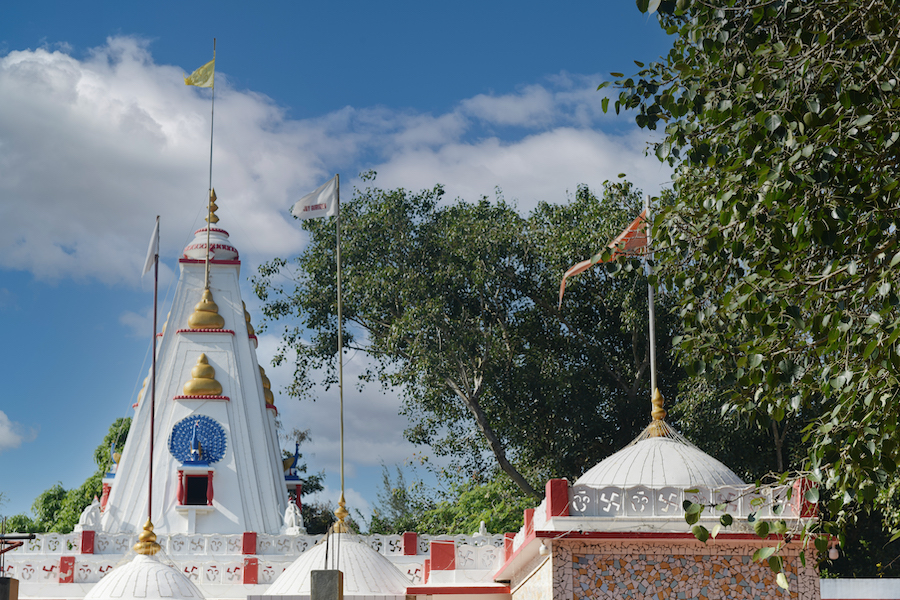
But the history of the name of this Salamanga comes from the voice of Edmundo Santaca (b. 1947). He has a rose on his coat and a cane supporting his steps, which suggests the aristocratic air of a descendant of the royal family, Santaca, to which he belongs. In the original days, he says, it would be Sialamanga, who would have been sent to be lord of those lands by his father, the traditional chief Maputo, the same one who gave the name to the river and the city. “The Portuguese, unable to say Sialamanga, called it Salamanga,” he tells us between the shouts of the street vendors in the village.
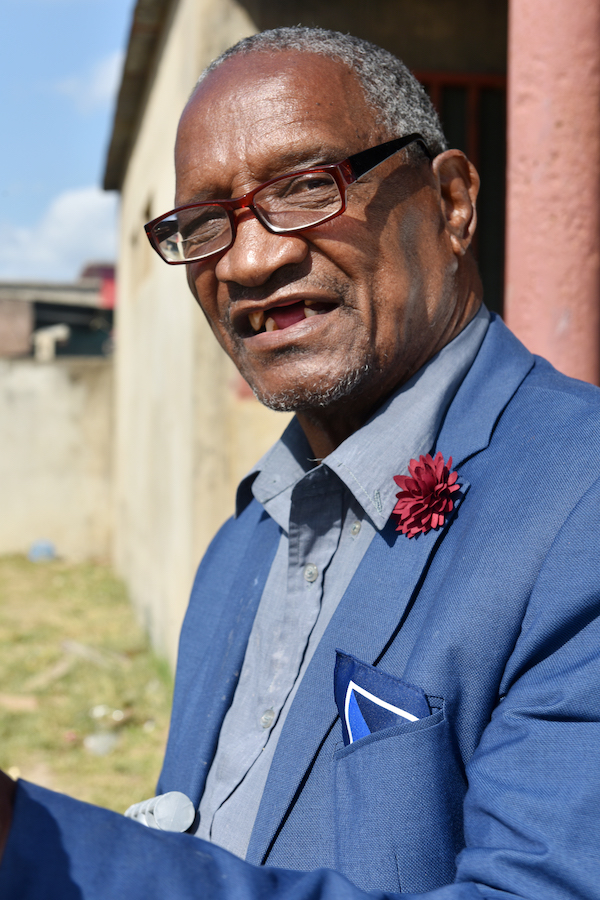
Advertising

The smell of bread pervades the street. The bakery, which has been in existence since 1950, is located at the back of an 1895 building that once served as a River Transport office. In the bakery, always in the hands of the same family, there are no electric or gas ovens. It’s wood-fired bread, the walls swallow the wheat and return the bread. “The obligation is to keep the bread as it is,” tell us Basílio Jaminadas and Maria Otília Jaminadas, the couple who own the bakery. It’s a thousand loaves of bread a day, every day. And always with the same formula: wheat, water and salt. And the weight to satisfy the world’s hunger.
How to go
Salamanga is 119 km from the city. A road trip allows you to enjoy the scenery.
What to do
See the Maputo river up close. With luck, hippos still emerge. Visit the Hindu temple and be in touch with another energy. You can always visit the Elephant Reserve,
Where to eat
You can always eat in the village taverns and experience local conversations. But trying Salamanga bread is unmissable.
Where to sleep
The trip from Maputo to Salamanga can be done in a few hours. But you can always sleep in hotels in Ponta de Ouro or Ponta Malongane.
What to watch out for
The river does not allow bathing. Be aware of the traffic on the way, herds of oxen are frequent sights.
Issue 74 Jul/Aug | Download.
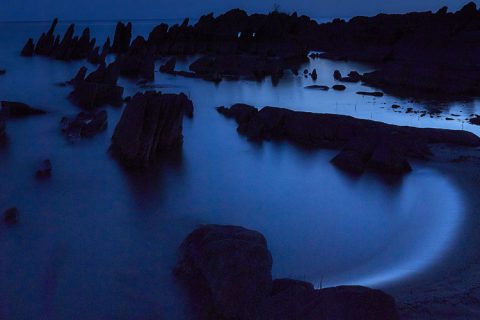
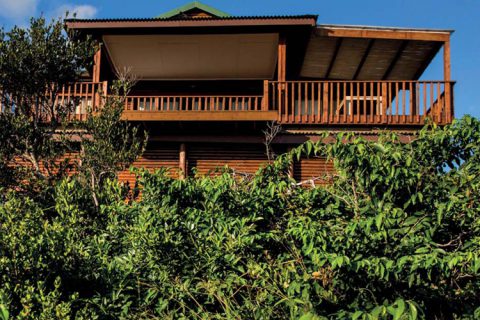



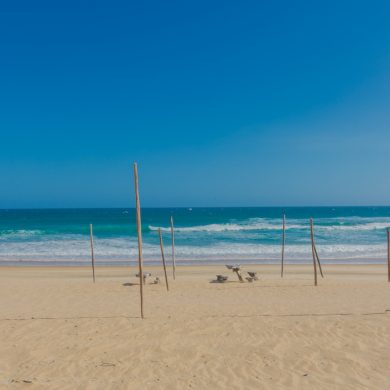
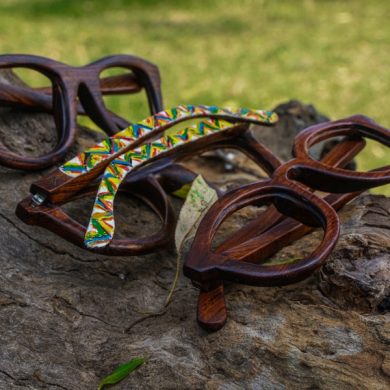
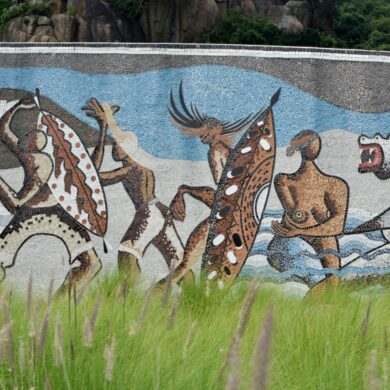
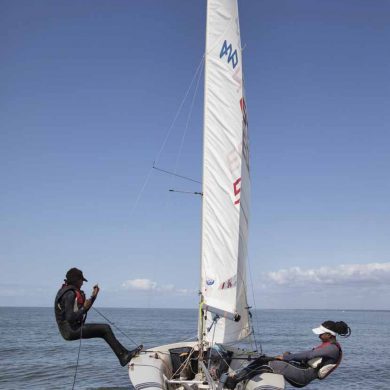

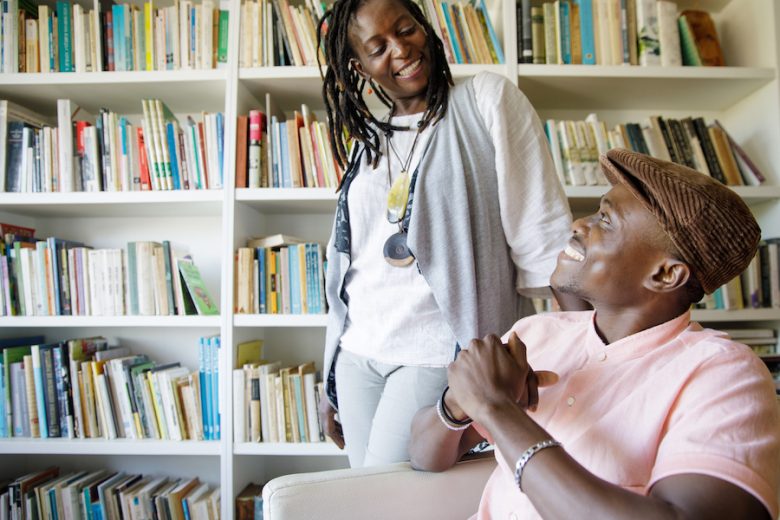













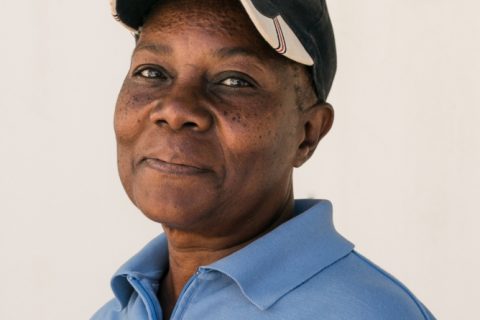
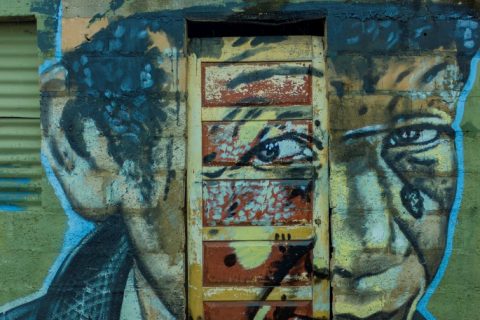


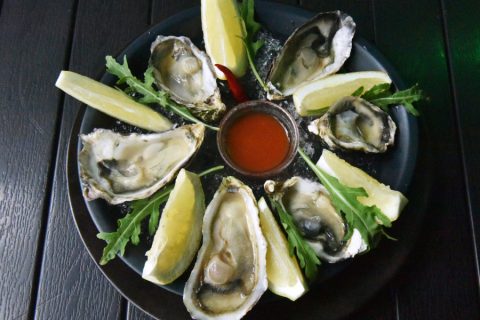
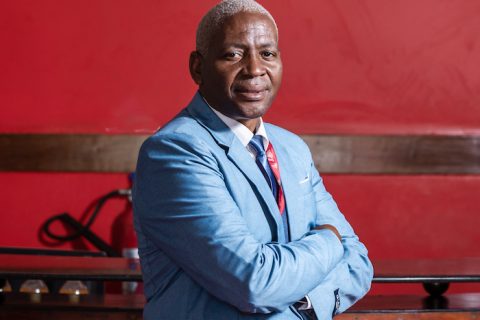

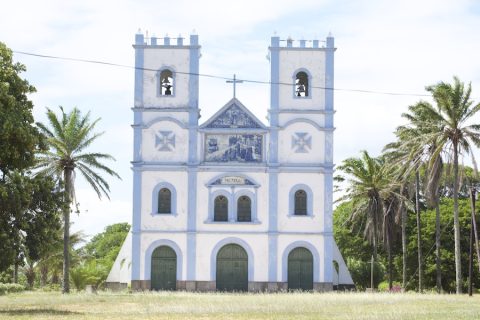
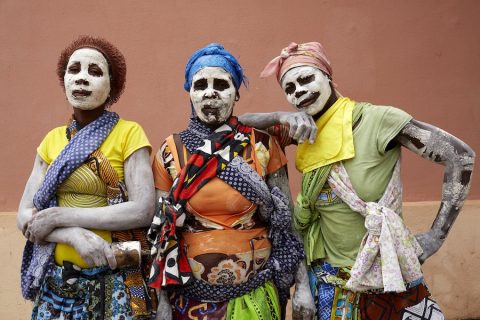
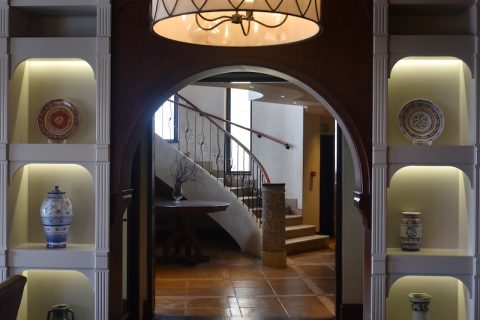


0 Comments